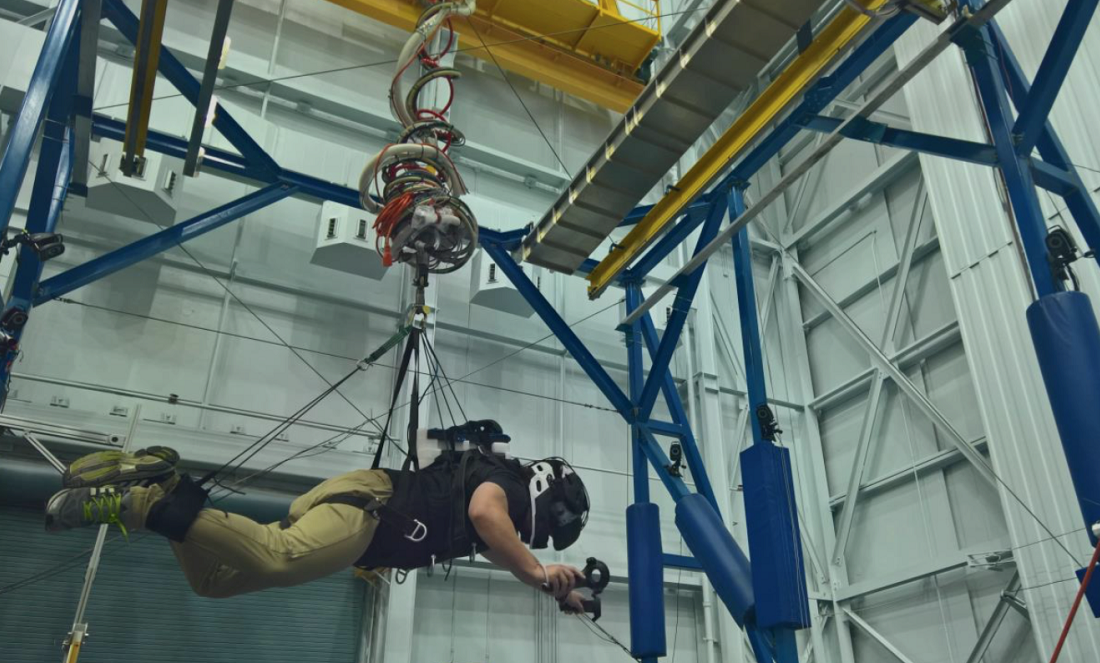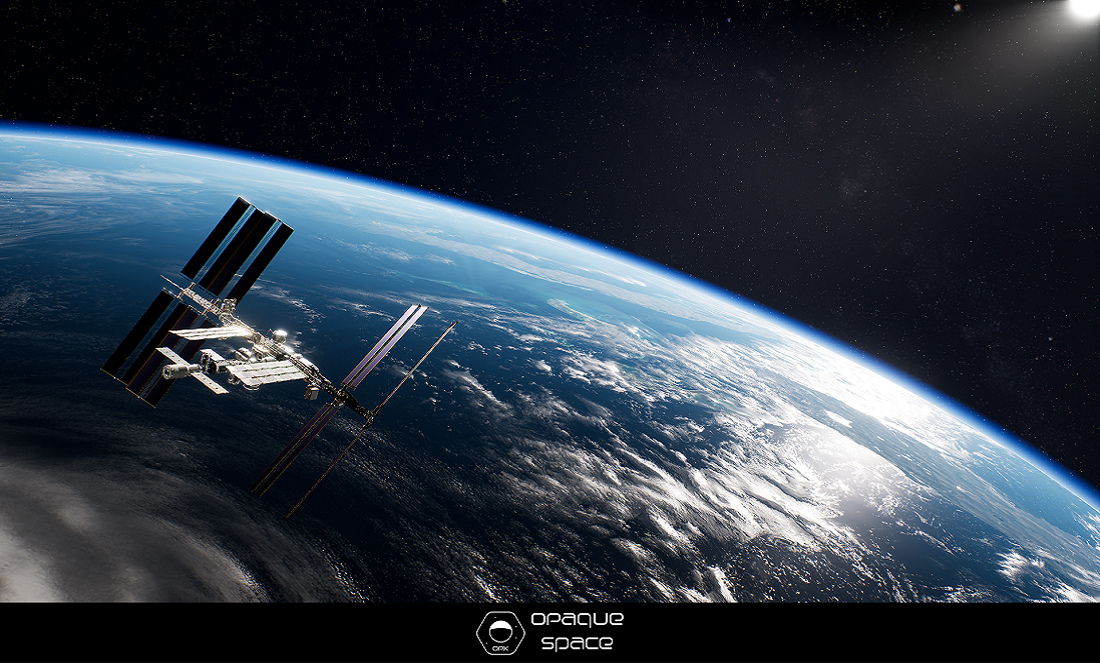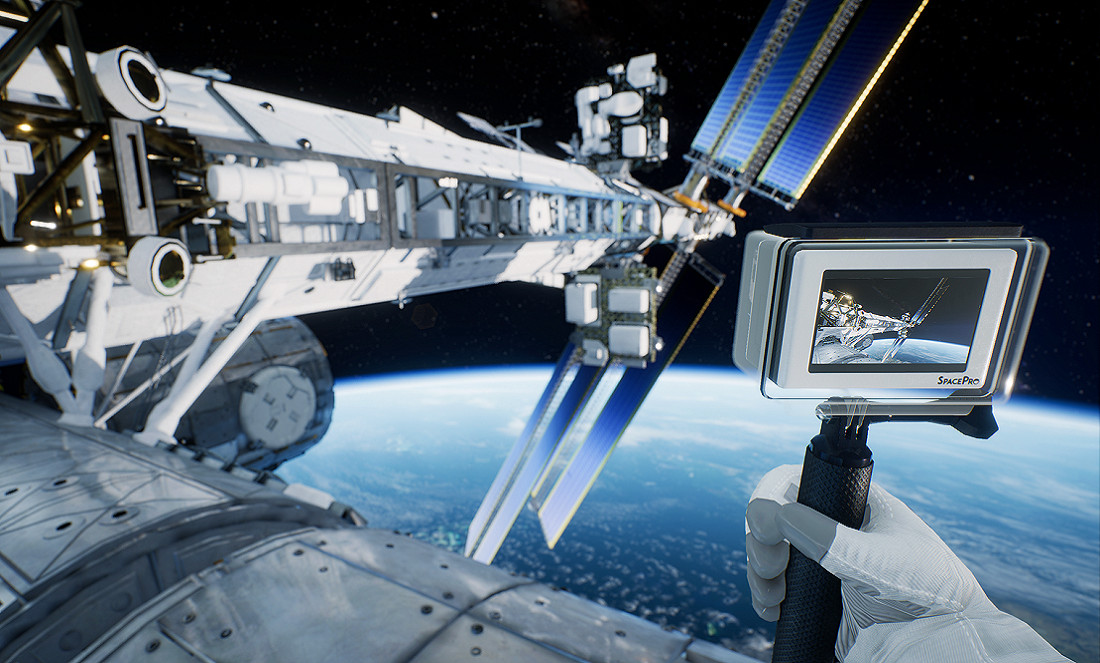You’re sitting in a chair in your lounge. You put on a VR headset, and suddenly you’re in a spacesuit floating outside the International Space Station ready to start a mission. And you really, really feel like you’re there.
This is Earthlight, a space VR simulation game created by Melbourne-based VR studio Opaque Space. And if you happen to own an HTC Vive, feel free to stop reading and go download the game right now (I’ll wait).
Origins
The game’s path to success is nearly as magnificent as the game itself.
“There was a radioactive spider that bit me,” joked Emre Deniz, CEO of Opaque Space, when I asked him to tell me about his journey. But it feels like this is not so far from the truth.
In 2015, Emre and his team were working on a prototype for motion mapped controllers, which basically let you interact with things in VR. Now standard equipment on consumer VR equipment like the HTC Vive or Facebook’s Oculus, the prototype was pretty cutting edge for 2015.
To demo the prototype controllers, the team created a spacewalk simulator game. In March of that year, they showed off the prototype at one of the biggest games conferences, GDC in San Francisco. Perhaps unsurprisingly, people got super excited about being able to spacewalk, so Opaque realised this was something worth building on.
Going viral
Things really took off (see what I did there) when Emre posted screenshots from the game to Reddit, and they went viral. Earthlight looks so real, people thought screenshots from the game were actual space photos.
Then the photos reached NASA, who also got super excited—so excited they invited Emre and his team to the US to try Earthlight in zero gravity by hooking it up to their astronaut training equipment.

From there, Opaque began collaborating with NASA to help them with astronaut training.
Meteoric success
Things have been going gangbusters for them since. In September last year, Opaque announced a partnership with Boeing to provide VR training for their new CST-100 Starliner.
Opaque also took home Studio of the Year, and the arcade edition of Earthlight was also named co-winner of the Game of the Year at the Australian Game Developer Awards in October.

Secret sauce
In an industry unfortunately known for its lack of diversity (just 10 to 15% of game developers are women, for example), Opaque also stands out. I asked Emre if his studio’s diversity had anything to do with their unusual rapid success. “Having a diverse workforce allows you to have a diverse set of problem solvers,” he told me. “It means you can find very novel solutions and approaches to complex problems.”
You know, just in case you needed another reason to support diversity in games and tech.









